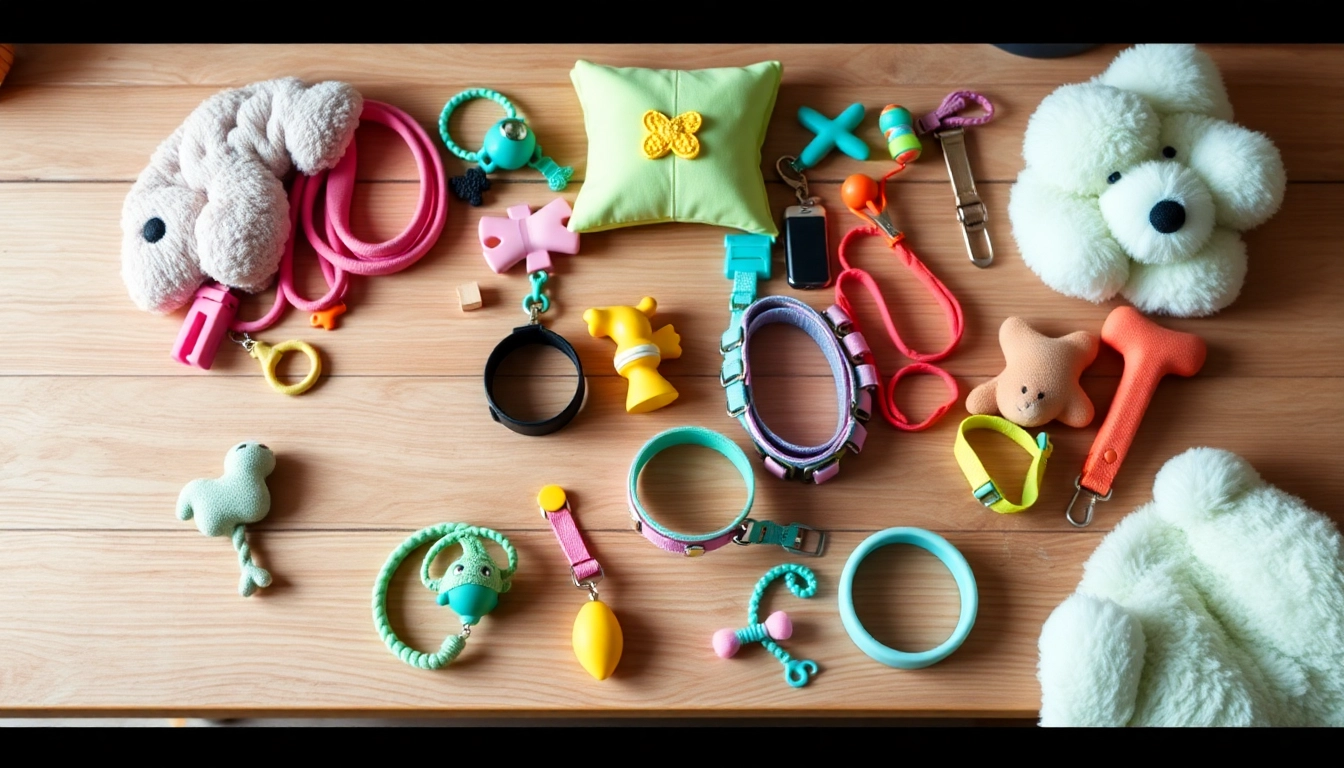Understanding the Importance of Chew Toys for Dogs
Dogs are not just pets; they are family members. As such, ensuring their health and happiness is paramount to any dog owner. A key element in providing for your canine companion is ensuring they have access to appropriate chew toys. These toys do more than entertain—profoundly impacting a dog’s physical and mental well-being. Here’s why you should consider a dog with chew toy as an essential part of your pet care regimen.
Benefit #1: Dental Health
Chewing is a natural behavior for dogs and an effective way to maintain their dental health. Chew toys help in scraping off plaque and tartar, keeping your dog’s teeth clean and their gums healthy. Imagine a dog gnawing on a durable rubber chew toy; the friction it creates can significantly reduce the risk of periodontal disease, which can lead to pain, infection, and even tooth loss if untreated.
Regular use of chew toys can also contribute to fresher breath, preventing bad breath caused by buildup. Owners can choose toys that have been engineered to maximize dental benefits, such as those with textured surfaces designed specifically for cleaning.
Benefit #2: Mental Stimulation
Dogs are intelligent creatures that require stimulation to remain happy and well-adjusted. Chew toys provide this critical mental engagement, helping to combat boredom and destructive behavior that can arise from a lack of stimulation.
Interactive and puzzle-based chew toys can encourage problem-solving skills, challenging your dog to think critically and creatively to access treats or rewards hidden within them. This engagement is crucial for dogs who are left alone at home for extended periods, as it can help alleviate anxiety and stress associated with loneliness.
Benefit #3: Reducing Destructive Behavior
A common challenge for dog owners is destructive behavior, particularly in younger dogs or puppies. Chewing is a natural inclination, and when a dog doesn’t have appropriate outlets like chew toys, they may resort to chewing furniture, shoes, or other household items.
Providing a variety of chew toys not only diverts attention away from inappropriate items but also satisfies their instinctual urge to chew. This practice emphasizes the importance of redirecting natural behaviors into safe and acceptable activities, ultimately fostering a healthier relationship between dogs and their owners.
Choosing the Right Chew Toy for Your Dog
Choosing the appropriate chew toy tailored to your dog’s needs can be a daunting task, as not all toys interact positively with every breed or size.
Material Considerations
When selecting a chew toy, the material is crucial. Common options are rubber, nylon, or even edible materials. Rubber toys are typically durable and resilient, ideal for aggressive chewers, while nylon options may cater to dogs with a gentler chewing tendency.
It’s essential to avoid toys made from potentially harmful materials—ensure that any chew toy is free from toxic substances and safe for pets. Always look for labels like “non-toxic,” and consider brands that prioritize safety and quality, providing you with peace of mind while your dog plays.
Size Matters
The size of the chew toy is another significant factor. Toys that are too small can pose choking hazards, while oversized toys may frustrate certain dog breeds. Generally, look for toys that match your dog’s size and chewing habits. For instance, smaller breeds may benefit from softer toys designed for their delicate jaws, while larger breeds may require sturdier, larger toys to withstand their strength.
Always refer to the manufacturer’s size recommendations and consider the unique needs based on your dog’s mood and chewing tendency.
Reviews and Recommendations
Before investing in a new chew toy, check out reviews from other pet owners and recommendations from veterinarians. Pet communities online and within local pet stores can be invaluable resources for user experiences, helping you make informed decisions based on what works best for real dogs.
Websites like Chewy and Benebone often provide ratings and insights, which can guide new toy selections based not only on popularity but proven effectiveness.
Top Dog Chew Toy Options on the Market
The market is saturated with options, so it’s wise to familiarize yourself with the top contenders available. Here are several standout products that have garnered acclaim among dog owners.
Durable Rubber Chew Toys
Durable rubber chew toys, such as those from brands like KONG or West Paw, are designed for tenacity. These toys come in various sizes and shapes, enabling them to cater to a wide range of dog sizes and preferences.
Such toys are perfect for interactive play and can also be stuffed with treats or peanut butter, turning them into a boredom-buster for prolonged playtime. The durability of these toys means they can withstand intense chewing, making them a worthwhile investment.
Edible Chew Toys
Edible chew toys provide not only a reason for chewing but also a tasty treat. Options like Nylabone or bully sticks can satisfy dogs’ cravings and keep them busy while promoting dental health.
While beneficial, it’s important to monitor the consumption of edible toys to ensure your dog is not overeating. Furthermore, always choose high-quality brands that utilize natural ingredients to support your dog’s overall health.
Interactive Chew Toys
Interactive chew toys engage your dog in more than just chewing. They often involve puzzles or mechanisms that dispense food, satisfying your dog’s mental curiosity while also giving them something to chew.
Brands like Tricky Treats or Outward Hound offer a plethora of options that can be tailored according to your dog’s intelligence level. These toys stimulate them and help develop their cognitive abilities via fun and play.
How to Encourage Your Dog to Use Their Chew Toys
It’s essential to introduce chew toys effectively to ensure your dog uses them as intended. Here are ways to encourage their use without frustration.
Introducing the Toy
When you first introduce a chew toy, create a positive environment. Engage with your dog, showing enthusiasm for the toy, and consider adding treats or a small bit of peanut butter to make it more enticing.
Dogs often mirror their owner’s energy, so demonstrate playfulness and excitement to grab their attention. Additionally, spend quality time playing with the new toy to showcase its potential and inspire your dog to engage.
Creating a Playful Environment
Ensure your dog’s environment is filled with opportunities for them to interact with their chew toys. Designate a play zone in your home where toys are readily accessible, encouraging spontaneous play.
Stimulate playtime by organizing short play sessions, mixing up different toys, and using toys in tandem for varied activities. Rotating toys can keep your dog’s interest alive, reducing boredom and promoting sustained interaction.
Use of Treats and Rewards
Integrate treats or rewards when your dog engages with their chew toys. Positive reinforcement can create a pattern of behavior that associates chewing with pleasant outcomes.
For example, after your dog spends time using their chew toy, offer praise or a small treat. Such reinforcement not only motivates chewers but fosters a positive relationship with their toys.
Keeping Chew Toys Safe for Your Dog
Safety should always be a priority when it comes to chew toys. Regular inspections and a keen understanding of your dog’s behavior can prevent unforeseen accidents.
Signs of Wear and Tear
Regularly check chew toys for any signs of damage. Cracks, breaks, or chew residue are indicators that a toy may no longer be safe for use. Recognize the signs that a chew toy has reached the end of its lifespan, as continued usage can result in ingestion of materials that may harm your dog.
Always educate yourself on what materials are durable and safe for your dog, and plan to restock when necessary to ensure ongoing safety.
Regular Inspection Tips
Set a routine for inspecting your dog’s chew toys, perhaps aligning those checks with weekly grooming or play sessions. Look for punctures, excessive wear, or any signs a toy has disintegrated or fragmented.
It’s crucial to promote healthy chewing habits actively; teach your dog what toys are meant for chewing, and be vigilant in monitoring how they engage with them.
When to Replace Chew Toys
Understanding when to replace chew toys is critical for keeping your dog safe. If a toy is beginning to break apart or has become too small (due to chewing) to be safe, it’s time to retire it.
Summary: As a responsible pet owner, there is no substitute for safety when it comes to chew toys. Familiarize yourself with the types of toys that are suitable for your dog, prioritize regular inspections, and always be ready to replace any toys that show signs of wear.



